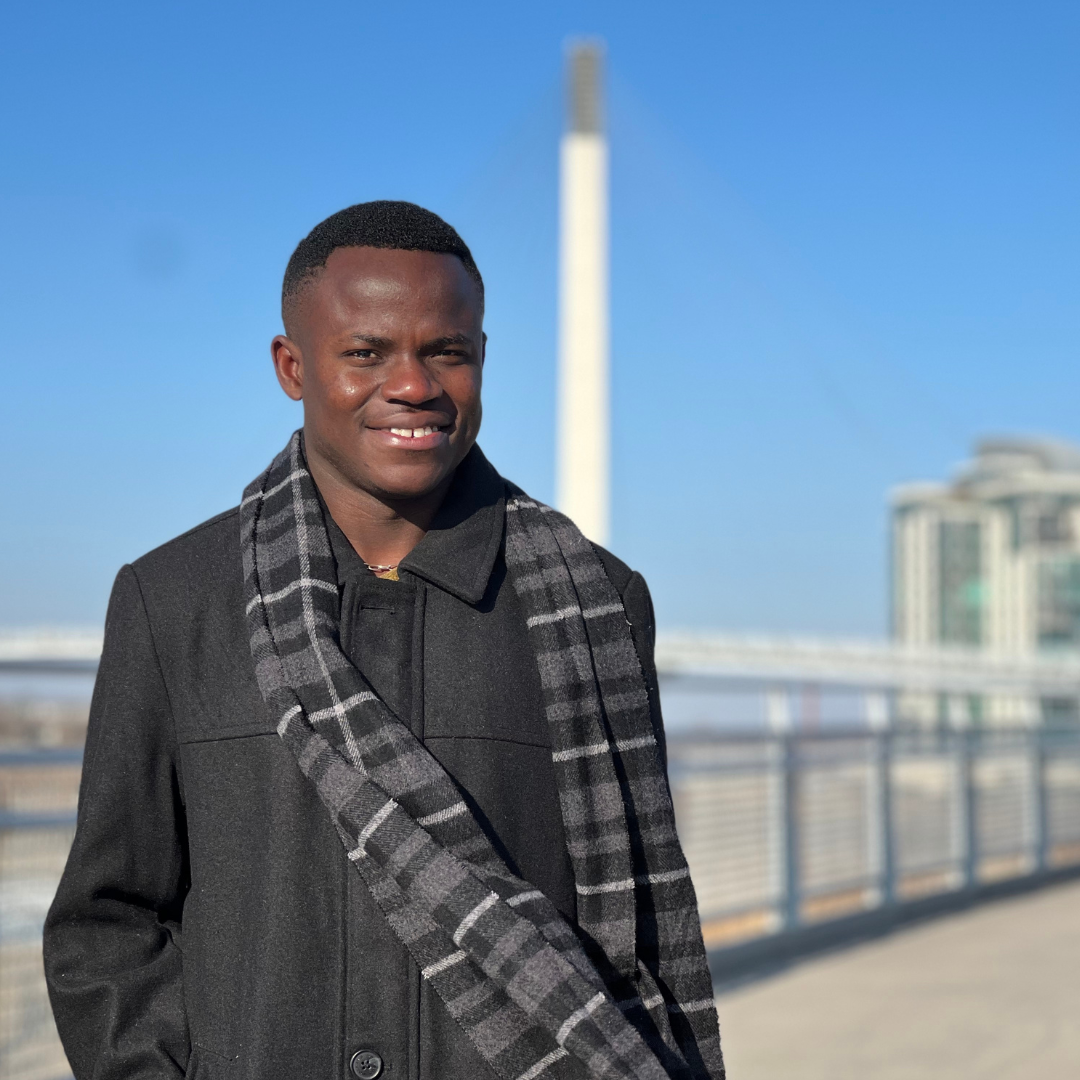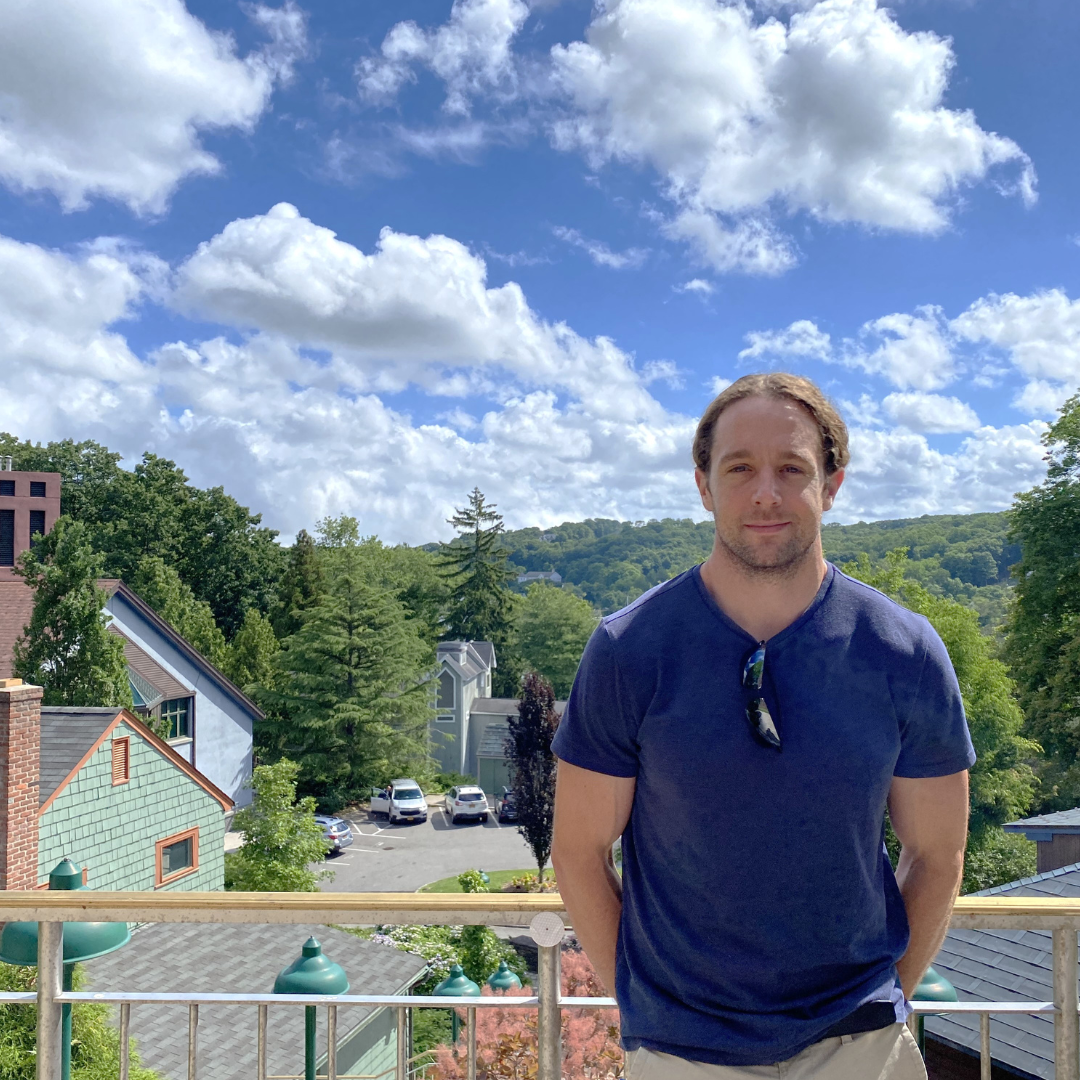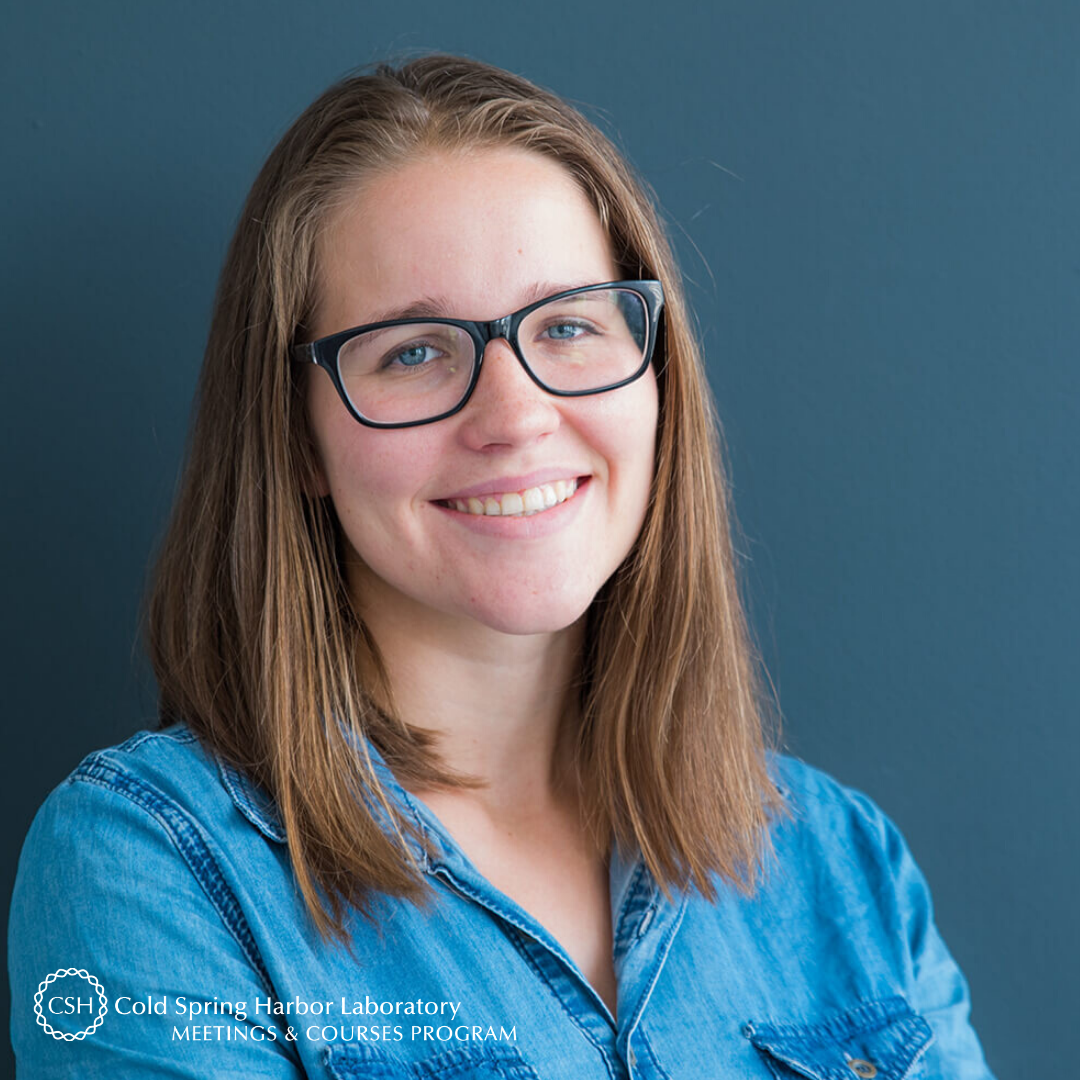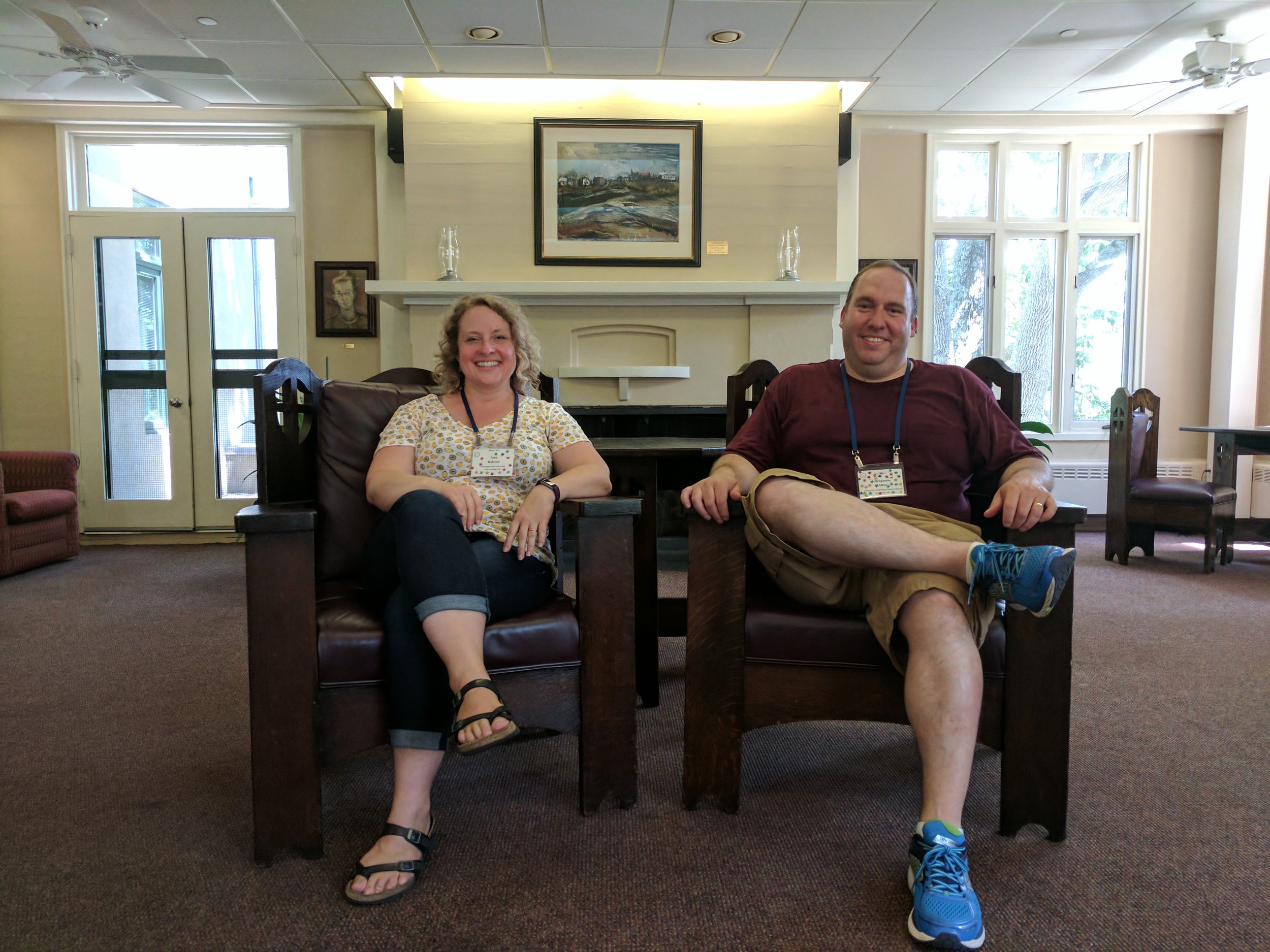Meet Jemma Dunn of the University of Plymouth (United Kingdom)! Jemma is a postdoctoral researcher in Oliver Hanemann’s lab, as well as a participant in the 2020 Mechanisms & Models of Cancer virtual meeting. She presented a poster entitled, “Integrated transcriptome-proteome profiling of meningioma” and has this to say of her virtual poster presentation experience:
As the meeting was virtual, I was really impressed at the ease of still being able to provide a poster and how this was coordinated by the meeting organizers. I would go as far as to say it was more useful to be able to view all posters online and search for research you are interested in much quicker than walking around many poster stands! It was also great to be able to still talk directly with the author of a poster if you wished through the Slack platform and for other participants to contact me with questions about my poster.
Tell us about your research.
My research focusses on providing a deeper insight into the molecular characterization of meningioma, the most common primary intracranial tumor, by exploring expression patterns at both the transcript and protein level using an integrated omics approach. Following this, we have highlighted molecular candidates with potential as therapeutic targets or biomarkers of these tumors and are in the process of functionally validating these.
How did you decide to focus on this area/project?
At present, there are still no effective pharmacological interventions for meningioma and following surgical resection, the most aggressive form of this tumor, WHO grade III, are prone to recurrence and remain therapeutically challenging. Thus, we wanted to build upon previous omics studies and for the first time, investigate the transcriptome-proteome profile of grade III meningioma compared to slow-growing grade I meningioma. In this way, we were able to identify expression patterns across two molecular levels and elucidate potential therapeutic targets or biomarkers that may provide future benefit for grade III diagnosed meningioma patients.
What and/or who is the inspiration behind your scientific journey?
I initially pursued a PhD and scientific career as I enjoyed unravelling the molecular mechanisms leading to a specific pathological state. However, throughout my PhD and continued research I am most inspired when I speak to the public during our lab tours. This is when I remember the end goal of our work and why it is so paramount. If the research we are undertaking will in some way, small or large, eventually travel from bench to bedside and benefit the patient then we have achieved our objectives.
What impact do you hope to make through your work?
I hope the research we are undertaking in meningioma here, at University of Plymouth, will contribute to the comprehensive multi-omics overview of these tumors, and ultimately, aid in providing effective patient diagnosis and treatment.
What do you love most about being a researcher?
I really enjoy the challenge of attempting to discover what is happening on the molecular level in order to unpick the changes leading to a pathological state, almost like finding the missing pieces to a puzzle. However, as well as the experimental side, which may or may not always go to plan, the interactions within the research environment I work are also a large contributor as to why I love being a researcher. To be able to discuss hypotheses, successful and failed experiments, as well as expand my knowledge of different fields daily through communicating with colleagues is truly invaluable to my own progression.
What drew you to attend this meeting?
As research is constantly changing and advancing so quickly, with ever expanding fields alongside new or improved techniques to investigate them, I believe it is imperative to attend meetings such as this one to broaden your knowledge outside of your current research. My research is now moving towards cancer metabolism, an area I have not delved into previously. I am thus interested to learn of current research in this field from the scientists themselves through their talks and hopefully take away some ideas that I could apply to my own research.
What is your key takeaway from the Meeting; and how do you plan to apply it to your work?
My key takeaway is that in order to continue progressing and move ever closer to translatable treatment for the patient, collaboration between scientists is vital. Through collaboration and shared ideas, techniques and sample numbers can be optimized to provide the strongest overview of a pathological state, ultimately allowing us to better guide diagnoses and treatments. I always come away from these meetings in awe of the progress other participants have achieved in answering their hypotheses. Indeed, it is often the case these projects have included multiple collaborators, and this is what I will plan to apply to my own projects to progress my research more effectively.
What feedback or advice would you share with someone considering to participate in this meeting?
I would advise future meeting participants to really take advantage of the broad range of research areas within cancer that you will be exposed to during this meeting. I come from a proteomics background and to be able to learn about ongoing research from areas of cancer metabolism, epigenetics and stem cells to name just a few was a brilliant experience. However, I would suggest that it can become overwhelming with the expanse of data the talks will present but try to remember that this is often years of work shrunken into a 20-minute talk. I had to keep this in mind as a postdoc just starting out, so as not to feel dejected about my own progress!
What’s the most memorable thing that happened during the Meeting?
As the meeting had to adapt to being virtual it is obviously not exactly the same as being able to interact with participants in person. However, it was still great to see all of the speakers and get the chance to interact with them in different sessions, even if virtually! The talks really did make you feel like you were in a physical room and the questions and answer section helped me further understand aspects of the research being presented.
Thank you to Jemma for being this week's featured visitor. To meet other featured researchers - and discover the wide range of science that takes part in a CSHL meeting or course - go here.
Images provided by Jemma Dunn
















